
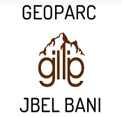

STRUCTURAL EVOLUTION OF THE ANTI-ATLAS DOMAIN :AN OVERVIEW pour Yves Missenard
The Anti-Atlas represents the most important segments of the major Pan-African (≈0.5Ga) belt system of North Africa. This orogen exposed in a series of sporadic SW–NEtrending outcrops over 700km across southern Morocco, and reach ≈150km wide in the central part, west of Ouarzazate (Figure G1 & G2).Scattered outcrops of related rocks are described in NW Algeria which indicate that the belt continues from SE Morocco southeastwards with a NW–SEtrend.
The Anti-Atlas orogen comprises two main sequences of rocks: a metamorphic basement of Palaeoproterozoic (2Ga) age and the Neoproterozoic rocks. The Palaeoproterozoic rocks form the northern margin of the West African Craton mainly outcropping in the Reguibate Shield in Mauritania And Algeria. The Palaeoproterozoic basement is exposed in a series of uplifted inliers (‘‘boutonnieres’’) surrounded by the Neoproterozoic rocks that were locally deformed with the basement during the Pan African Orogeny. with the during the Pan African Orogeny.
Paleoproterozoic rocks and Eburnian orogeny
The oldest rocks of Morocco, Archean in age3 Ga(Montero et al, 2014) crop out in the southernmost Reguibat E shield which formsthe northern part the West African Craton (WAC).Further north, in the Anti-Atlas chain, the basement units are Paleoproterozoic (Taznakht Group, former” PI”)cropping only in the south of the Anti-Atlas Major Fault (AAMF). They are metamorphic rocks (greenschist to amphibolite facies) intruded by peraluminous and calc-alkaline granitoids dated around 2Ga(Thomas et al, 2002).The corresponding tectono-magmatic and metamorphic events are assigned to the Eburnian/Birimian orogeny.
Neoproterozoic rocks and Pan-African orogeny
As everywhere in the WAC, Mesoproterozoic rocks are lacking in the Anti-Atlas. Neoproterozoic Formations overlie directly the Paleoproterozoic basement. The Neoproterozoic/Paleoproterozoic boundary is generallya tectonic contact (thrust, strike-slip or detachment faults), and seldom a stratigraphic contact (Tizi n’Taghatine). Globally, the Neoproterozoic formations record three main stages of the Pan-African cycle (figureG4):
I .The early Neoproterozoic platform development is marked by the accumulation of thousands of meters of quartzites and stromatolitic limestones (Taghdoute Group, former “PII”), intruded by doleritic dykes and gabbroic intrusions. These rocks are associated with the rifting of the WAC margin, broadly contemporaneous with the oceanic accretion further north (760 Ma), witnessed along the AAMF by the Bou Azzer-El Graara and Siroua ophiolitic sequences (Bou Azzer Group).
II .Oceanic closure and subsequent Pan-African collision are associated with oceanic subduction along the northern margin of the WAC, ending with the accretion of oceanic arc formations (figureG4).The reported “blueschist facies” mineral associations in the Bou Azzer inlier are controversial. The polarity of the subduction remains also matter of debates; the same is true for the real location of the northern edge of the WAC. The oblique Pan-African collision(655 Ma to 640 Ma) generated south-verging thrust sheets onto the cratonic margin. South of the AAMF, the main Pan-African phase is recorded by low grade recrystallizations, synmetamorphic folds and various ductile and brittle structures in the Taghdout Group series.
III The Late to Post Pan-African extensional event is recorded by the extensive volcanic and volcano clastic series of the Ouarzazate Group (former “PIII”, 580 Ma to 560Ma), interbedded with subaerial to lacustrine deposits, which unconformably overlie the Eburnian and/or Pan-African basement units. The Ouarzazate Group shows abrupt variations of thickness and facies controlled by extensional tectonic activity. Various high-K calc-alkaline to alkaline plutons emplaced within the Ouarzazate Group, coeval with the volcanic rocks of comparable chemistry.
FigureG4: Generalized lithostratigraphic column for the Anti-Atlas Pan-African orogen. “PI” = “XI”, etc. are the classical stratigraphic symbols used on Anti-Atlas geological maps. HKCA: High-K calc-alkaline (granitoids) after Thomas et al. (2004), Gasquet et al. (2005) and Liégeois et al.2006 in Youbi et al., 2013
Source web par sociedadgeologica.es
Les articles en relation
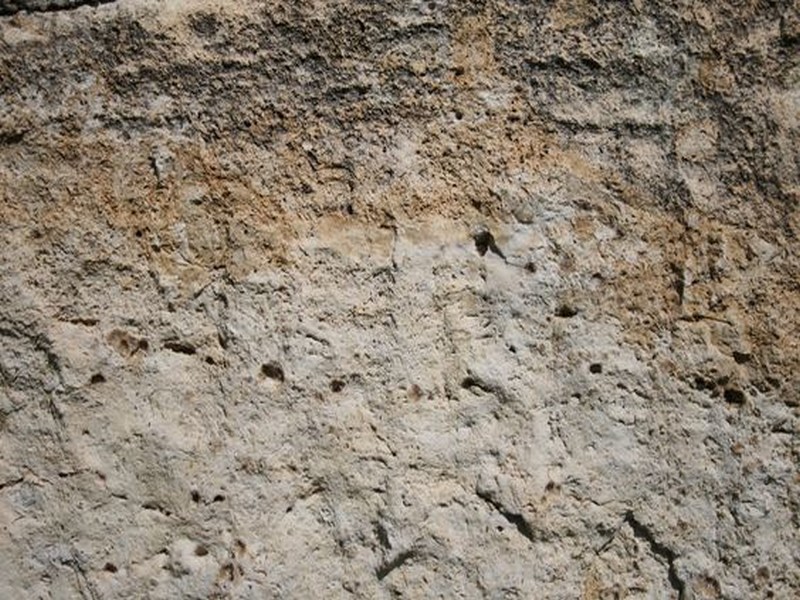
GEODYNAMIC EVOLUTION OF THE PAN-AFRICAN OROGENY
GEODYNAMIC EVOLUTION OF THE PAN-AFRICAN OROGENY Prof. Hervé Rezeau, Prof. Cyril Chelle-Michou & Prof. Michael Calder SEG Student Chapter of Geneva (Switzerlan
Savoir plus...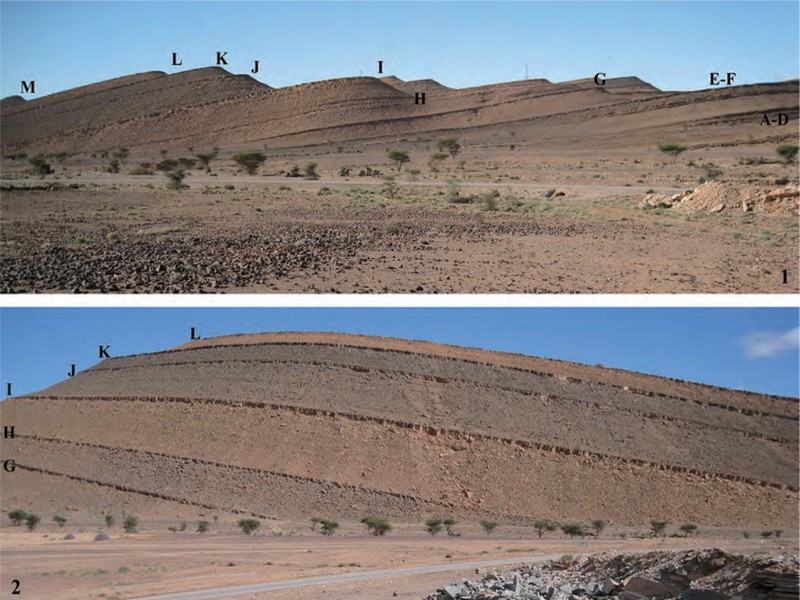
The Moroccan Hercynides
The Moroccan Hercynides By Christian Hoepffner, Abderahmane Soulaimani, Alain Pique Department of Geology, Faculty of Sciences, University Mohammed V, B.P. 1014 Rabat, Morocco Department of Geology, Faculty of Sciences, Unive
Savoir plus...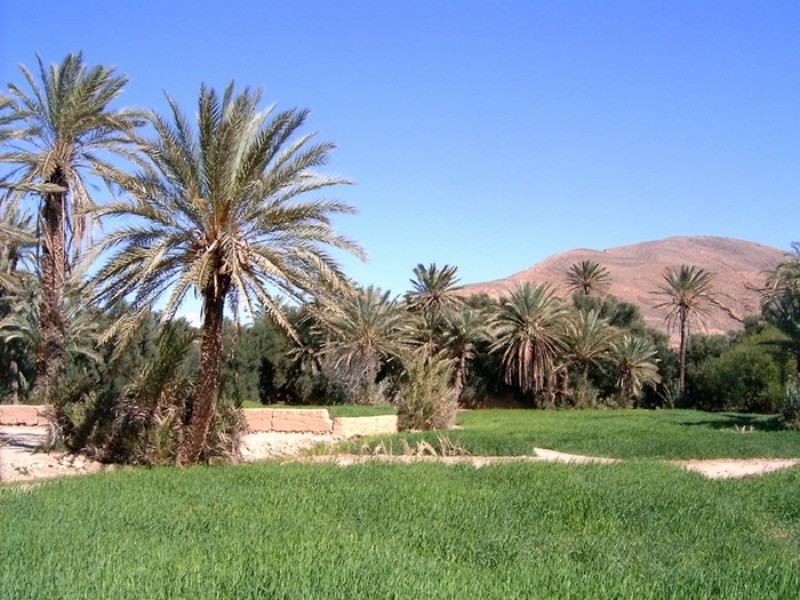
Ouarzazate colloque Espace oasien : Pour la préservation du patrimoine matériel et immatériel
Ouarzazate colloque Espace oasien : Pour la préservation du patrimoine matériel et immatériel Un énième colloque autour de l’espace oasien. Va-t-on aboutir à une politique d’inter
Savoir plus...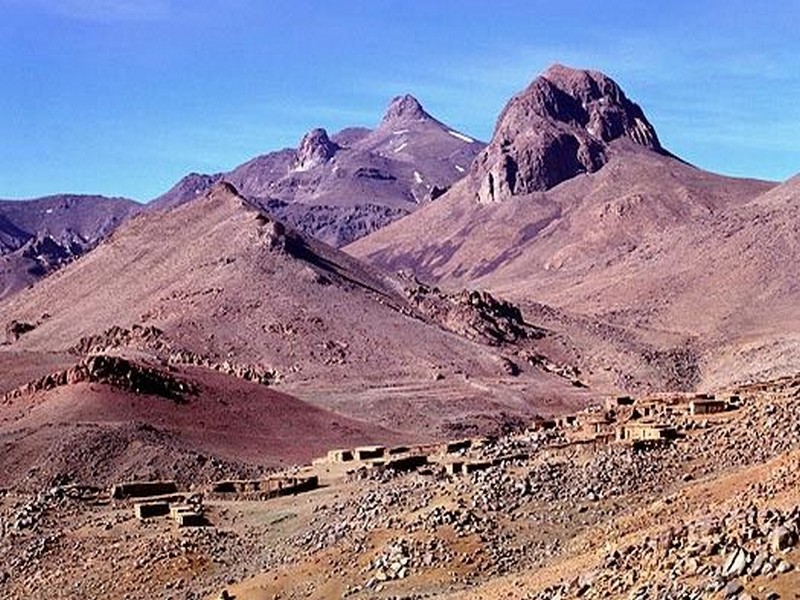
MASSIF DU SIROUA Hassan ADMOU & Abderrahmane SOULAIMANI
MASSIF DU SIROUA Hassan ADMOU & Abderrahmane SOULAIMANI Université Cadi Ayyad Faculté des Sciences Semlalia de Marrakech Socle panafricain, dé
Savoir plus...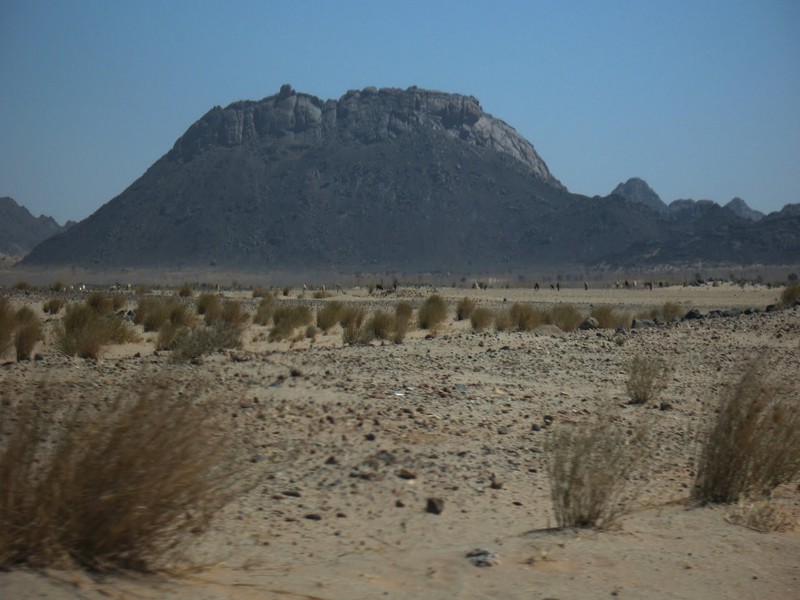
MASSIF DU SIROUA
MASSIF DU SIROUA H. ADMOU & A. SOULAIMANI Structure géologique Le Massif du Siroua a été visité au début du XXème siècle par L. Gentil (1905). Il se situe dans la zone centr
Savoir plus...
A short overview of the Anti-Atlas, Morocco DR.Hervé Rezeau, DR.Cyril Chelle-Michou & DR.Michael Calder
A short overview of the Anti-Atlas, Morocco DR.Hervé Rezeau, DR.Cyril Chelle-Michou & DR.Michael Calder SEG Student Chapter of Geneva (Switzerland)
Savoir plus...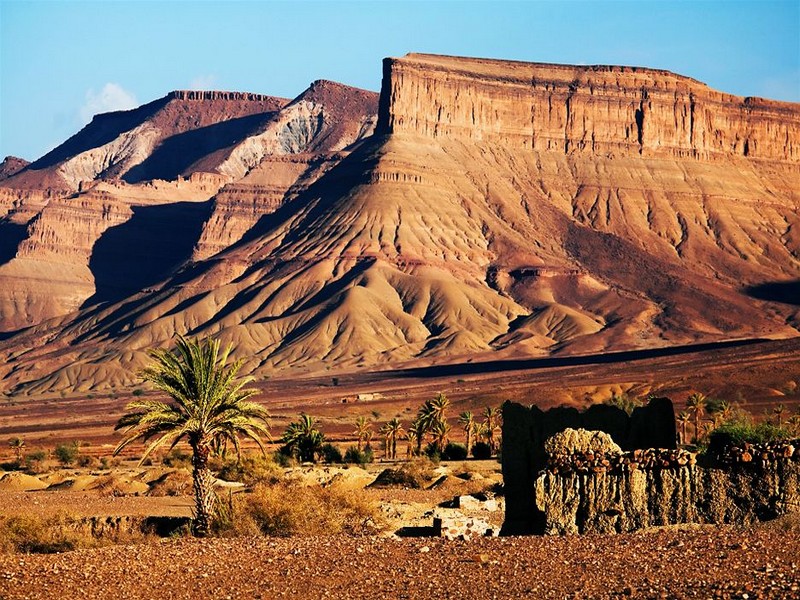
CADRE GEOLOGIQUE pour Charles Robert-Charrue
CADRE GEOLOGIQUE pour Charles Robert-Charrue Etat des connaissances Tectonique globale L’Anti-Atlas est situé sur la bordure nord du craton ouest africain (Figure 2, p. 3). Cette zone est particulière
Savoir plus...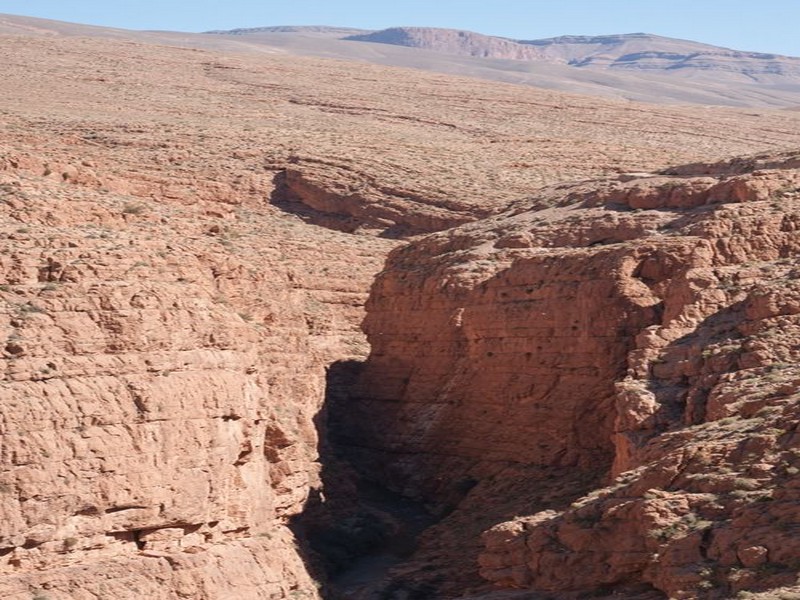
Les données structurales : un vieux socle aux formes puissantes (Anti-Atlas) pour J. Riser
Les données structurales : un vieux socle aux formes puissantes (Anti-Atlas) pour J. Riser La chaîne de l’Anti-Atlas est un immense voussoir dont l’ossature, dans sa partie occidentale et centrale, est consti
Savoir plus...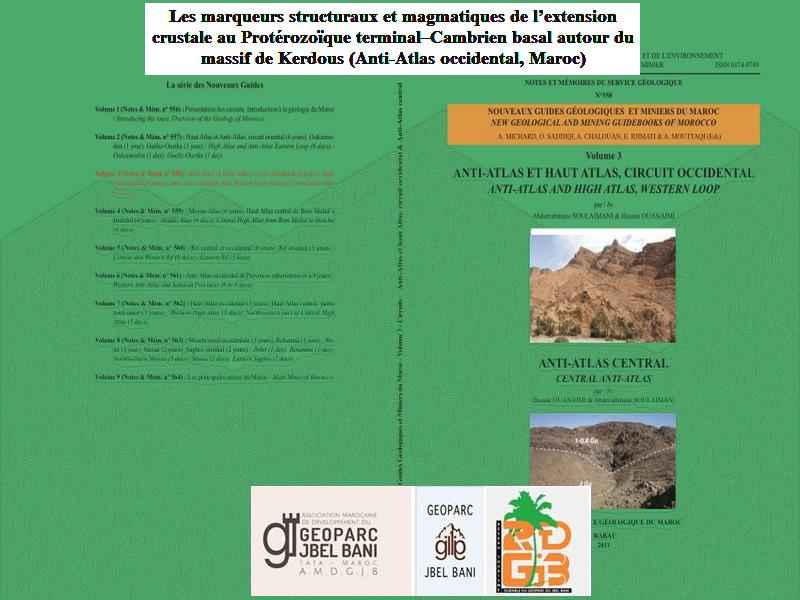
Les marqueurs structuraux et magmatiques de l’extension crustale au Protérozoïque terminal–Cambrien basal autour du massif de Kerdous (Anti-Atlas occidental, Maroc)
Les marqueurs structuraux et magmatiques de l’extension crustale au Protérozoïque terminal–Cambrien basal autour du massif de Kerdous (Anti-Atlas occidental, Maroc) Par Abderrahmane Soulaimani, Abderrahim Essa
Savoir plus...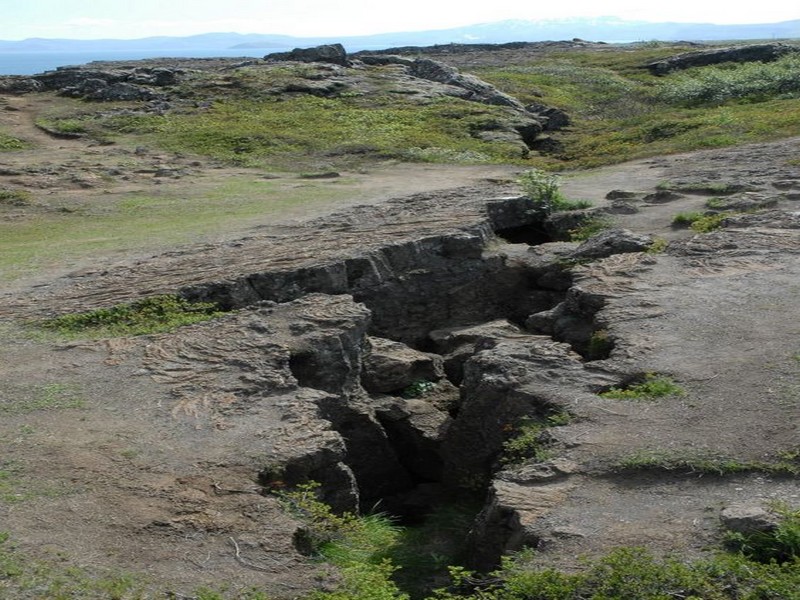
A plate tectonic evolution of the Anti-Atlas on a global scale DR.Hervé Rezeau, DR.Cyril Chelle-Michou & DR.Michael Calder
A plate tectonic evolution of the Anti-Atlas on a global scale DR.Hervé Rezeau, DR.Cyril Chelle-Michou & DR.Michael Calder SEG Student Chapter of Geneva (Switzerland)&nbs
Savoir plus...Les tags en relation
En savoir plus sur " Géologie et Jbel Bani ! "
Consulter les vidéos de " Géologie et Jbel Bani ! " Consulter les photos de " Géologie et Jbel Bani ! " Consulter les publications de " Géologie et Jbel Bani ! " Consulter les éditions de " Géologie et Jbel Bani ! " Consulter les communications de " Géologie et Jbel Bani ! "Recherche du site
Recherche avancée / SpécifiqueVulgarisation à la géologie
Qu'est ce que les sciences de la terre: vulgarisation Qu'est ce que la géologie ? Géologie et Jbel Bani !
Géo éco tourisme inclusif
Le coins de l’étudiant
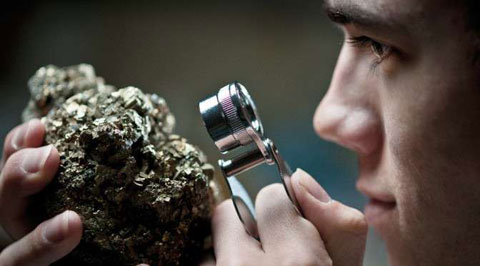


Blog Géoparc Jbel Bani
Dictionnaire scientifique
Plus de 123.000 mots scientifiques
Les publications
Géo parc Jbel Bani
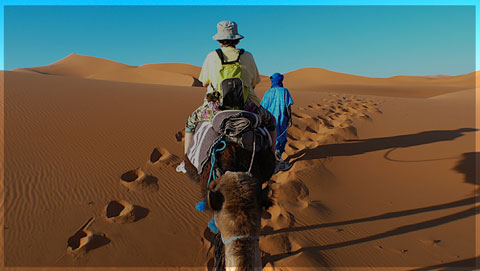
Circuits & excursions touristiques

cartothéques


Photothéques
Publications & éditions



